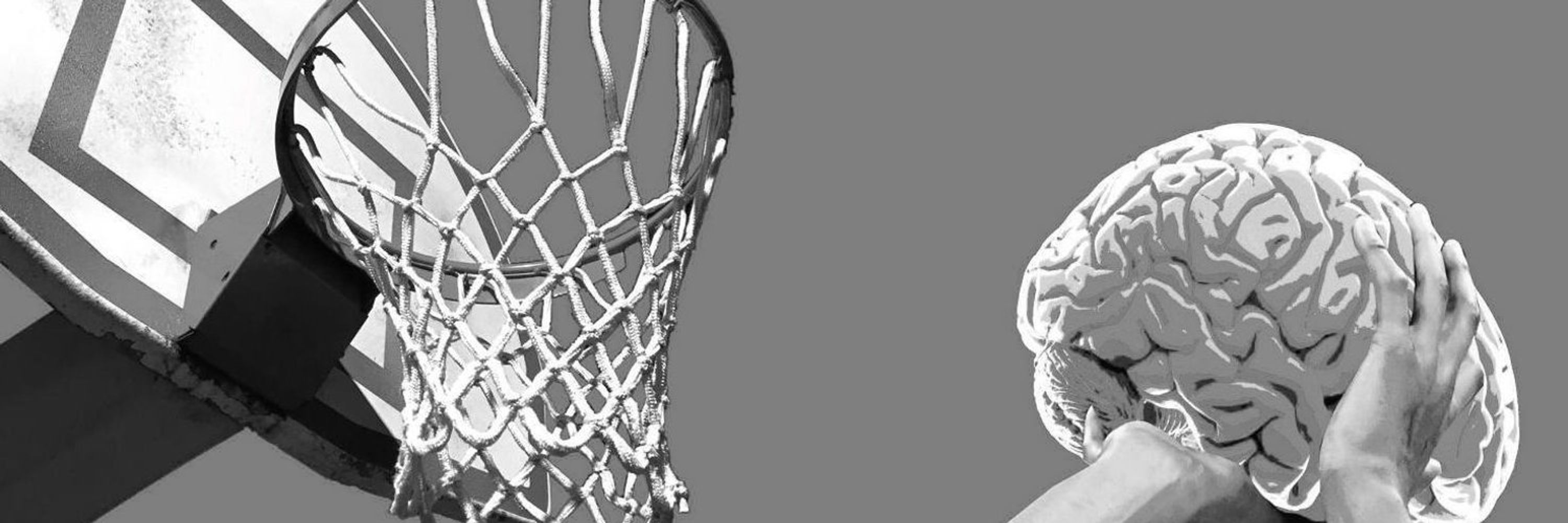Cole Korponay
@ckorponay.bsky.social
85 followers
240 following
32 posts
🧠 Instructor in Psychiatry
@ Harvard Medical School | McLean Hospital
| Trying to squeeze better brain juice from fMRI
Posts
Media
Videos
Starter Packs
Cole Korponay
@ckorponay.bsky.social
· Aug 27
Cole Korponay
@ckorponay.bsky.social
· Aug 27
Cole Korponay
@ckorponay.bsky.social
· Aug 26

Systemic physiological "noise" in fMRI has clinical relevance
Functional magnetic resonance imaging (fMRI) is central to studying neurobiological mechanisms, yet fMRI has limited clinical utility, highlighting the need for novel approaches. We show that a compon...
www.medrxiv.org
Cole Korponay
@ckorponay.bsky.social
· Aug 13

Disentangling large-scale brain dynamics and their links to behavior during the emotional face matching task - Communications Biology
Tensor independent component analysis reveals the concurrent brain processes at work during emotion interference suppression and how individual differences relate to cognitive fitness.
www.nature.com
Cole Korponay
@ckorponay.bsky.social
· May 27
Cole Korponay
@ckorponay.bsky.social
· May 27
Cole Korponay
@ckorponay.bsky.social
· May 24
Cole Korponay
@ckorponay.bsky.social
· May 24
Cole Korponay
@ckorponay.bsky.social
· May 24
Cole Korponay
@ckorponay.bsky.social
· May 24
Cole Korponay
@ckorponay.bsky.social
· May 24
Cole Korponay
@ckorponay.bsky.social
· May 24
Cole Korponay
@ckorponay.bsky.social
· May 24
Cole Korponay
@ckorponay.bsky.social
· May 24
Cole Korponay
@ckorponay.bsky.social
· May 24
Cole Korponay
@ckorponay.bsky.social
· May 24









